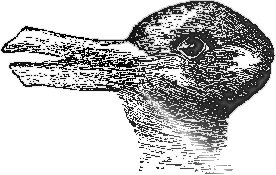Voice of Nature
“Happy are those who do not follow the advice of the wicked...
They are like trees planted by streams of water; which yield their fruit in its season, and their leaves do not wither.”—Psalm 1: 1, 3.
I remember watching the rain come across the lake at Whitefish. As it reaches our shore on a gentle breeze, the tiny leaves of the willows and aspen trees move back and forth, producing a unique swishing sound. The vibrations caused by the wind and the rain on the fluttering leaves sound like a message from the trees, the wind, and the rain.
Is it a cry for help? Are these the sound of Nature’s tears? I don’t believe it is a thank you for how we have cared for our natural world.
There is also a smell that comes with the sound of rain. It has been called earthy. It is thought to be the smell that comes as the rain moves the earth. Is it the fragrant perfume of the earth calling and enticing us to come and get to know it better and care for it?
Almost every person I talk with affirms their feeling of God’s presence when they are outside in the natural world. The trees, the sun, the moon, the rain, the flowers, the animals, the mountains, the sea, and the earth are healers. They are mood changers.
It is difficult not to be grateful looking across a peaceful lake in the cool mountain air and watching a mother duck care for and gather her eighteen ducklings as the rain stops. But, she also makes a distinctive sound, maybe telling her ducklings that there is still danger when we are around.
We are called to care for our churches and places of worship where we experience God. We are called to care for our friends and those in need, who teach us about the love of God. We are likewise called to care for the natural world, which always calls us back to the Creator God.








